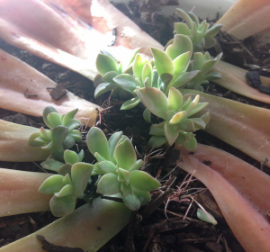
Q: I'm an avid follower of your blog, and like you, I love succulents. But I need a little help! I have only just been getting into propagating from cuttings and leaf cuttings. I have managed to grow some Graptoveria 'Fred Ives' leaf cuttings by laying on soil, out of direct sunlight. They have grown new plants and have roots, but I don't know when to pot them? Every time I have done this in the past - they have shriveled up and died. What do I do with the mother leaf as well? [Photo at right.]
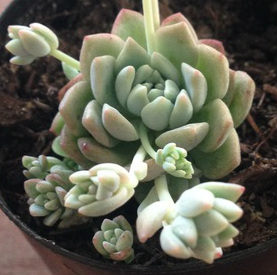
One other quick question (if you don't mind) I have a Perle Von Nurnberg echeveria that has several 'runners' am I able to propagate from this plant? And if so, what is the best way?
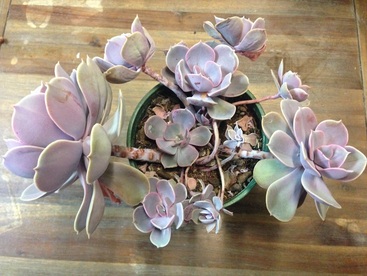
As far as the mother leaf, I used to pick off the mother leaf as soon as I could get it to come off. I am convinced that this was not the healthiest thing for my plants, though, because sometimes the young plants' growth seemed to wane once the mother leaf was removed. Now I leave the mother leaf on until it is shriveled and brown and breaks off with a light touch. This way, I can be sure that it is done passing its nutrients along to its baby.
I think you are correct that your aunt's mystery plant is a sedum — and good for you, because I think a lot of people would have mistaken it for an echeveria! Sedum clavatum is my guess.
Finally, you're quite right that the rosettes (the rosettes only, though — be sure not to mistake flower buds for rosette runners, which is something I've done in the past) can be used to start new plants. Your Perle von Nurnberg looks great! To start a new plant with a rosette, cut the rosette from the mother plant, leaving about half a centimeter of stem on the rosette. Allow the rosette to dry in the open for a few days, or you can plant it in (completely dry, not-too-compact) soil, which is what I usually do. Basically, you treat the rosette much as you'd treat a leaf from which you're hoping to propagate a new plant (as you did with the Fred Ives). Before long, the rosette will start to sprout roots. At that point, plant it if you haven't already. To avoid rot, let it sit in the soil for at least a few days before watering it.
Best of all, you'll see that the mother plant will begin to create new rosettes where you trimmed off the old one! I usually cut the empty stems back so that they're only an inch or so long, simply because long empty stems can make a plant look kind of scraggly and weak.
Awesome job--let me know if you have any questions, and keep me up on how the propagation goes. It's quite addictive, isn't it??
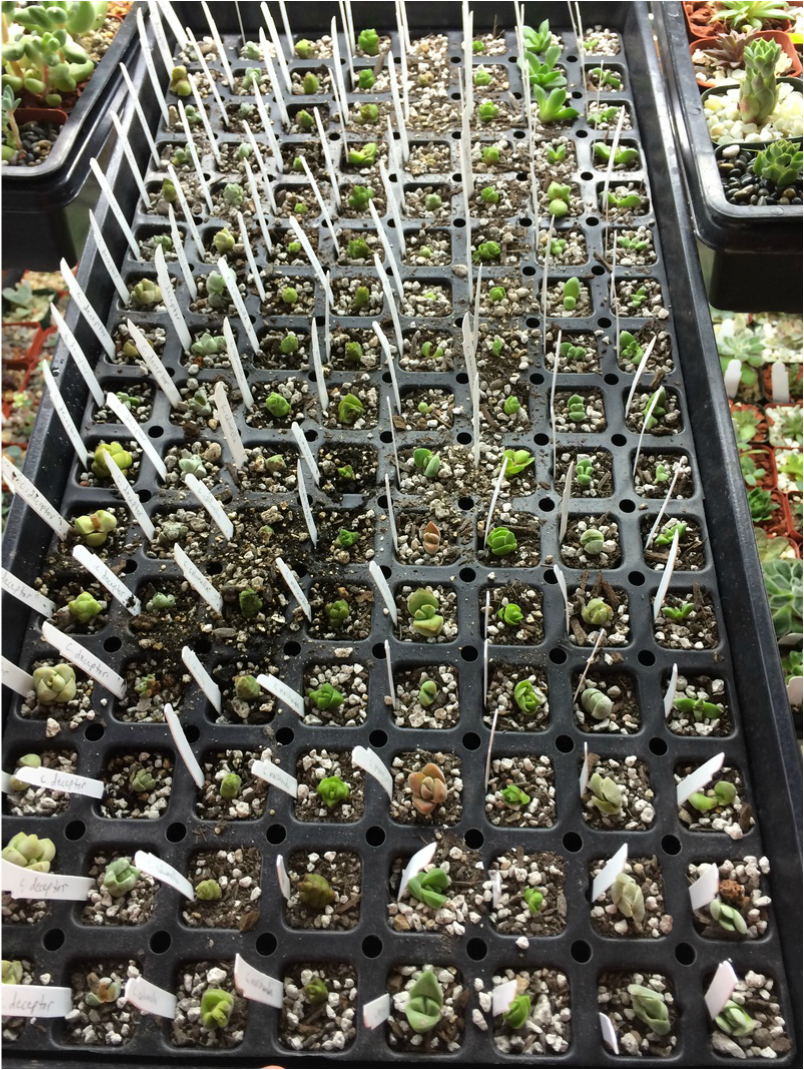
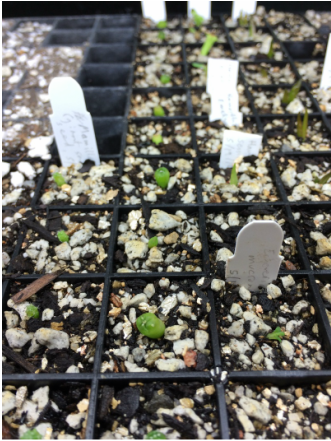
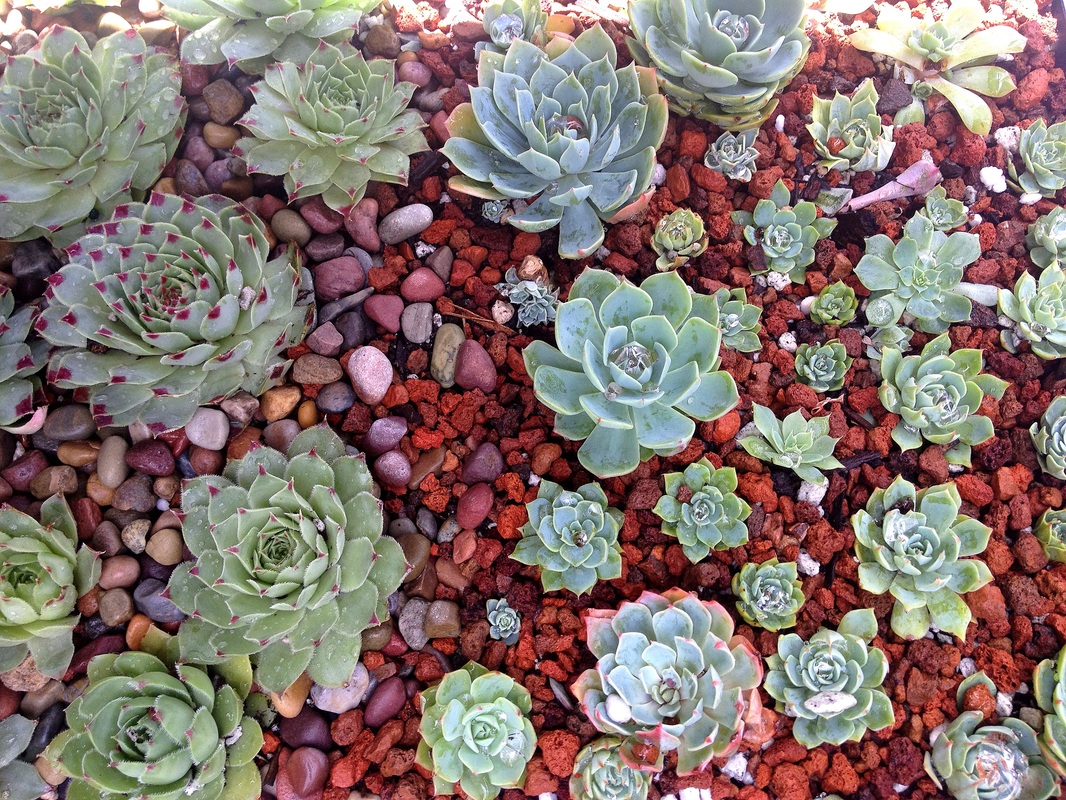
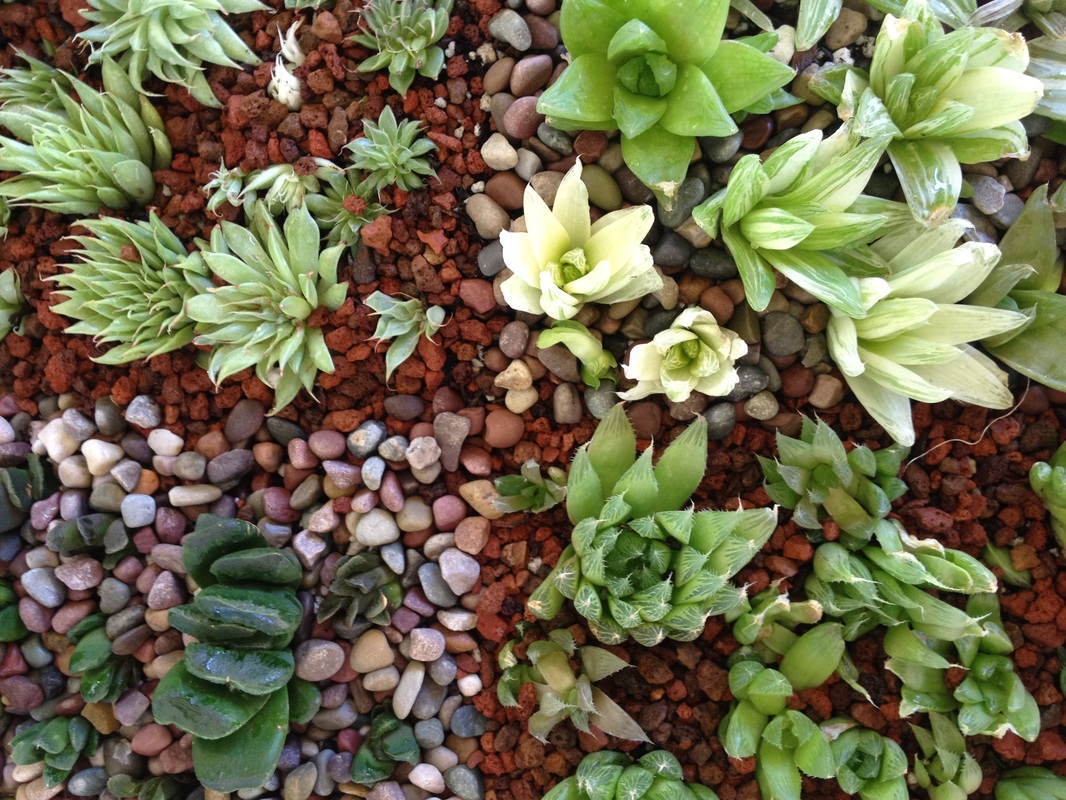
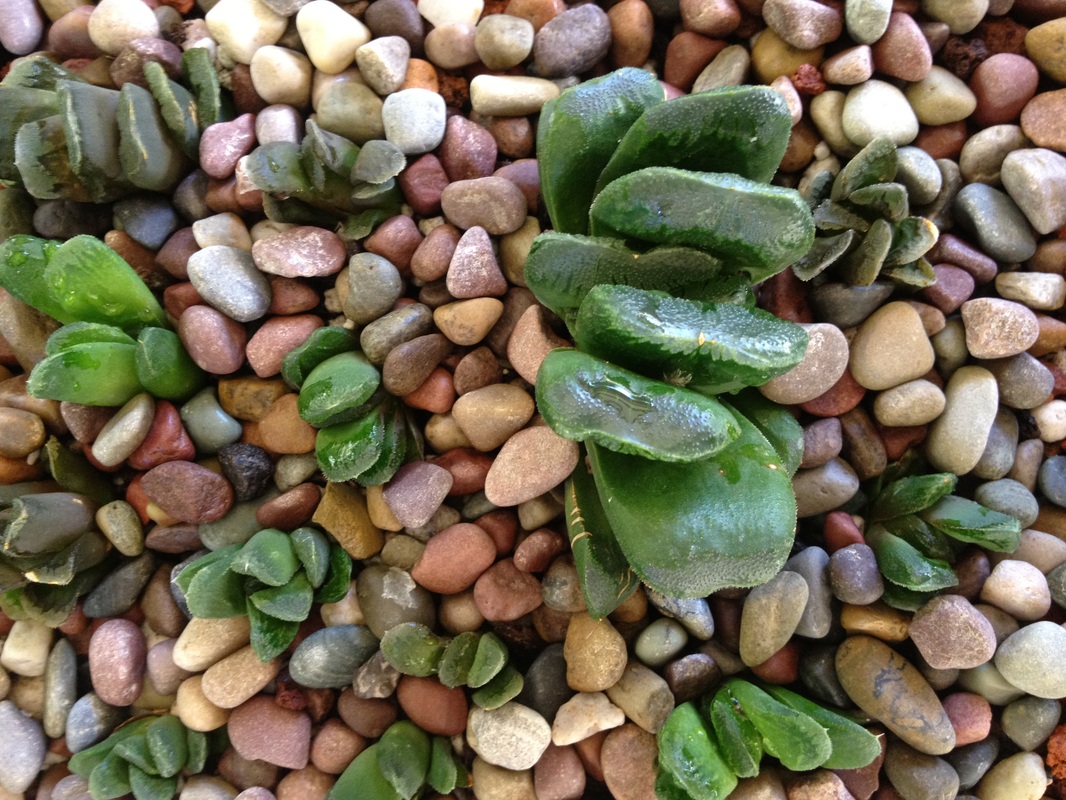
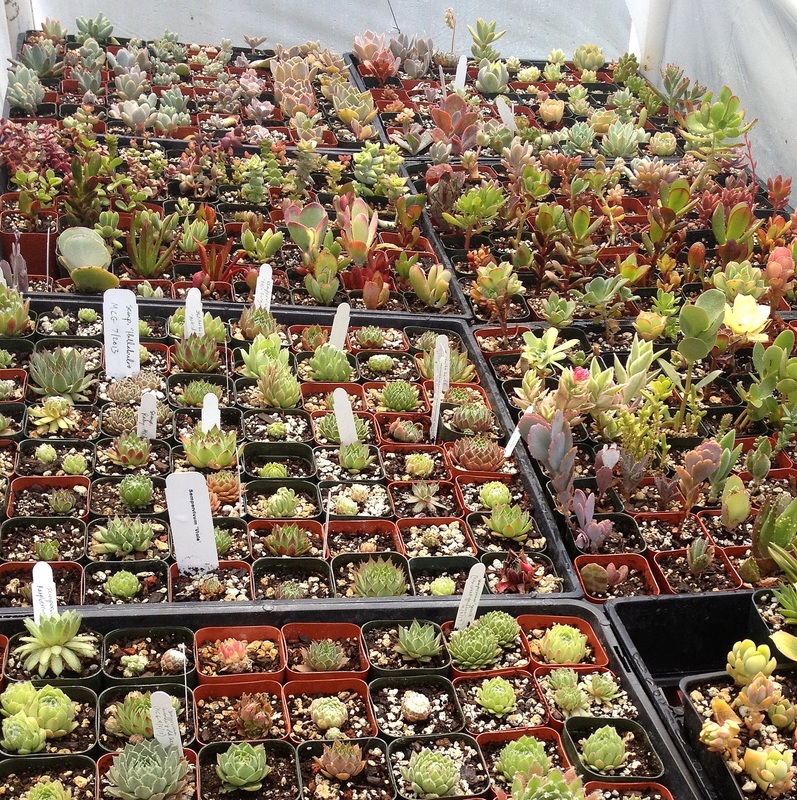
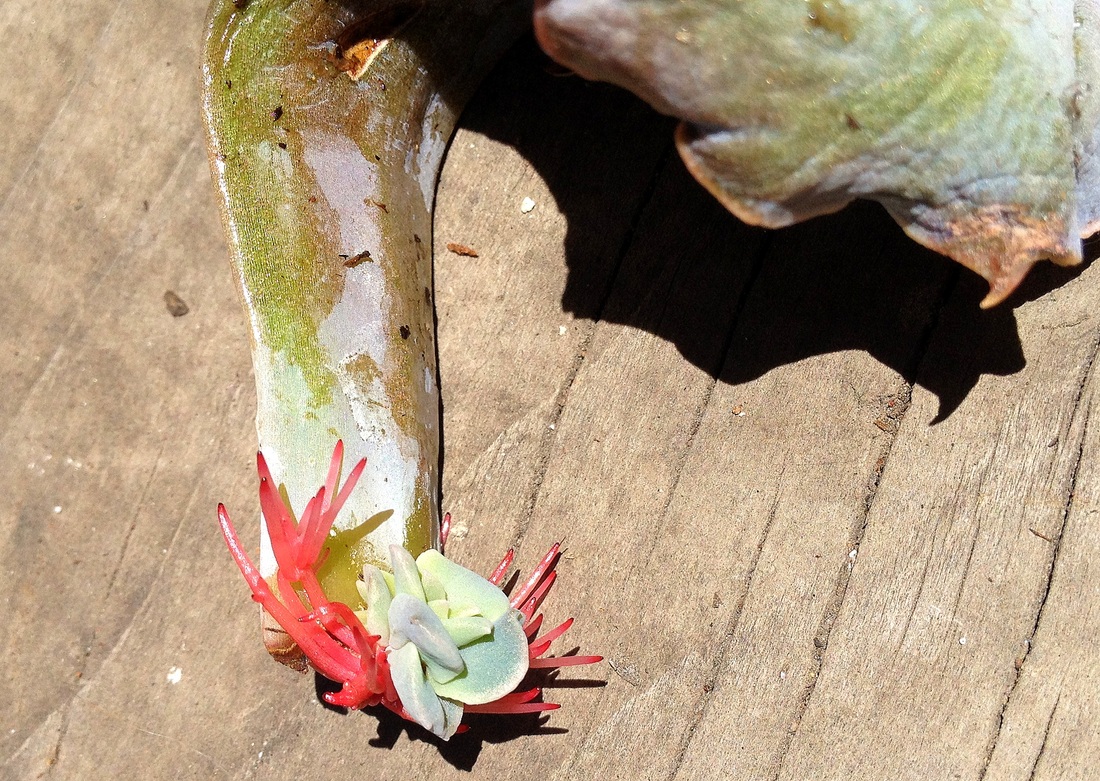
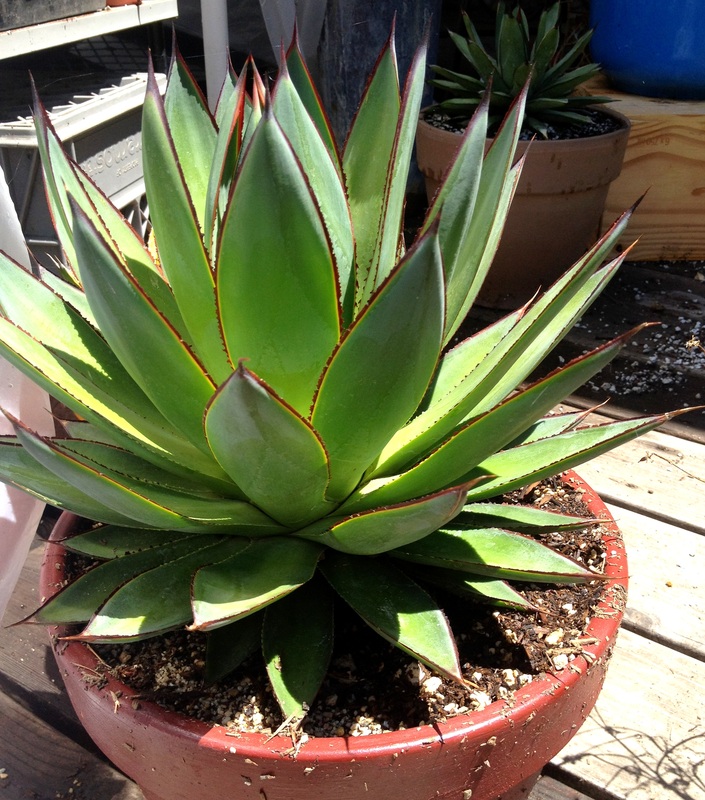
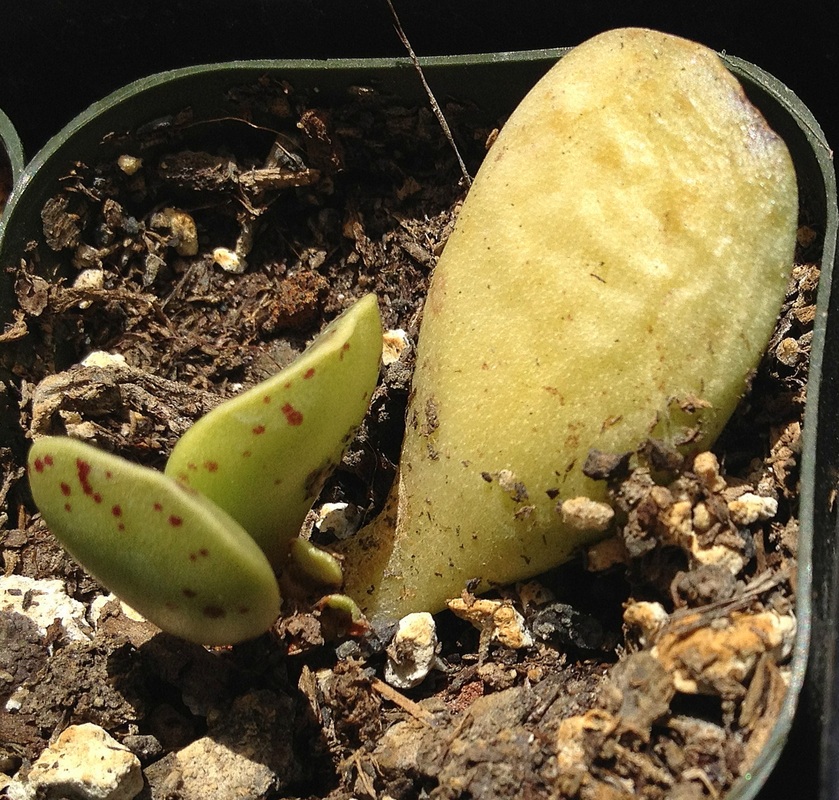
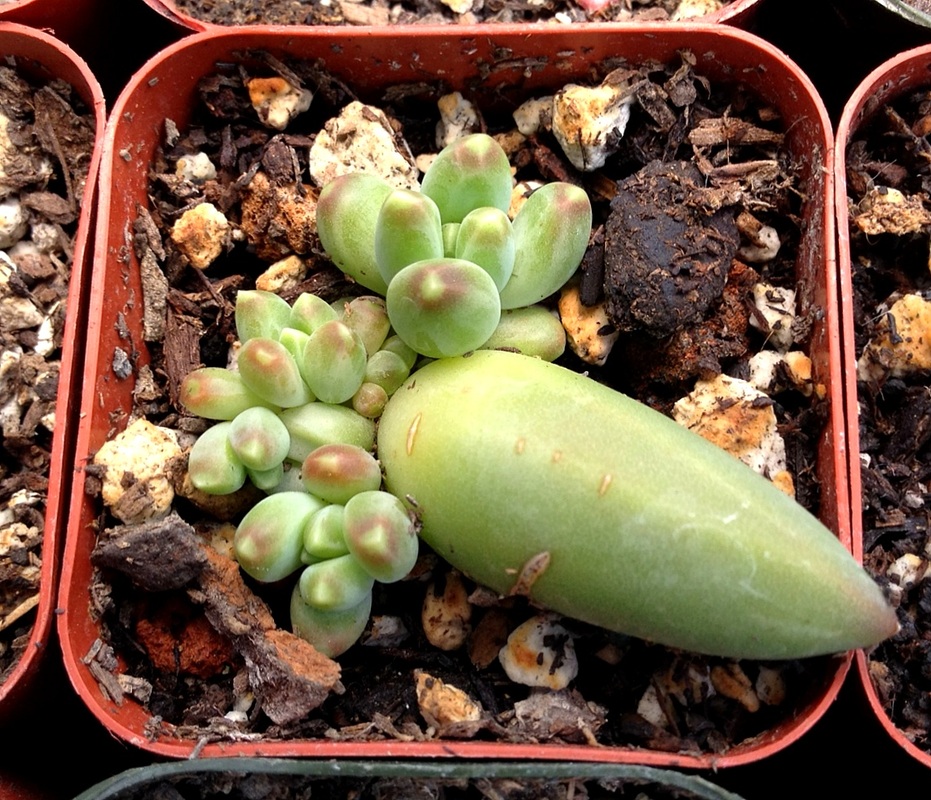
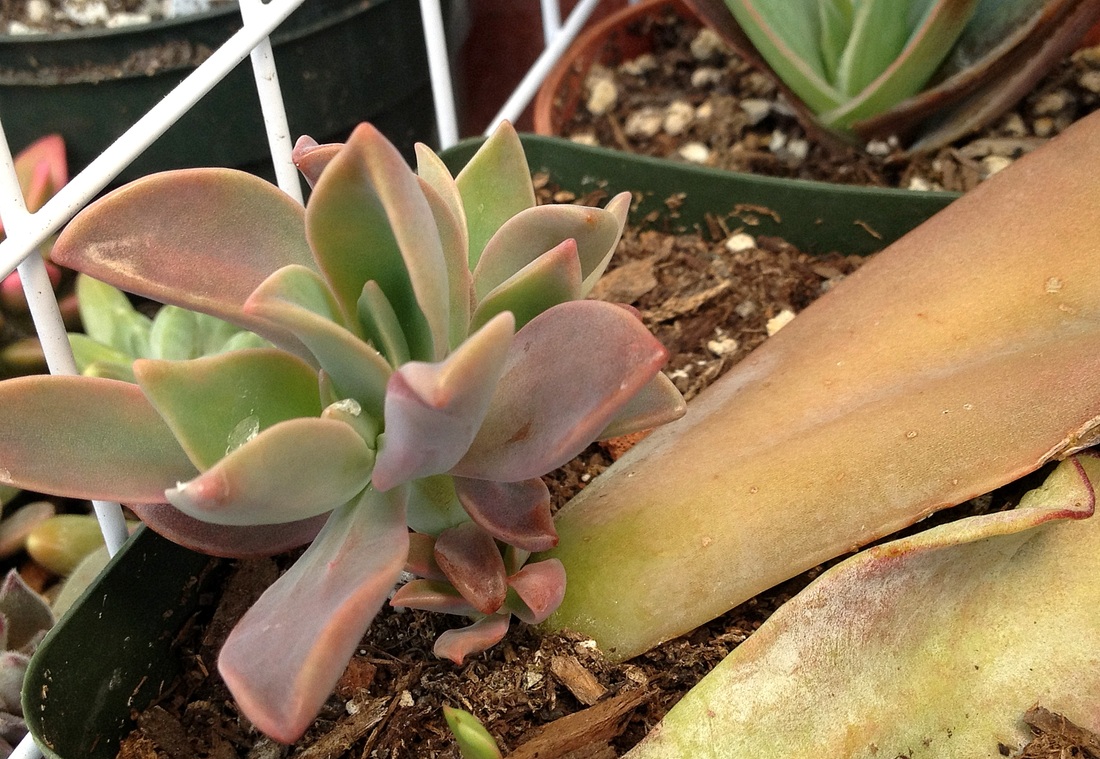
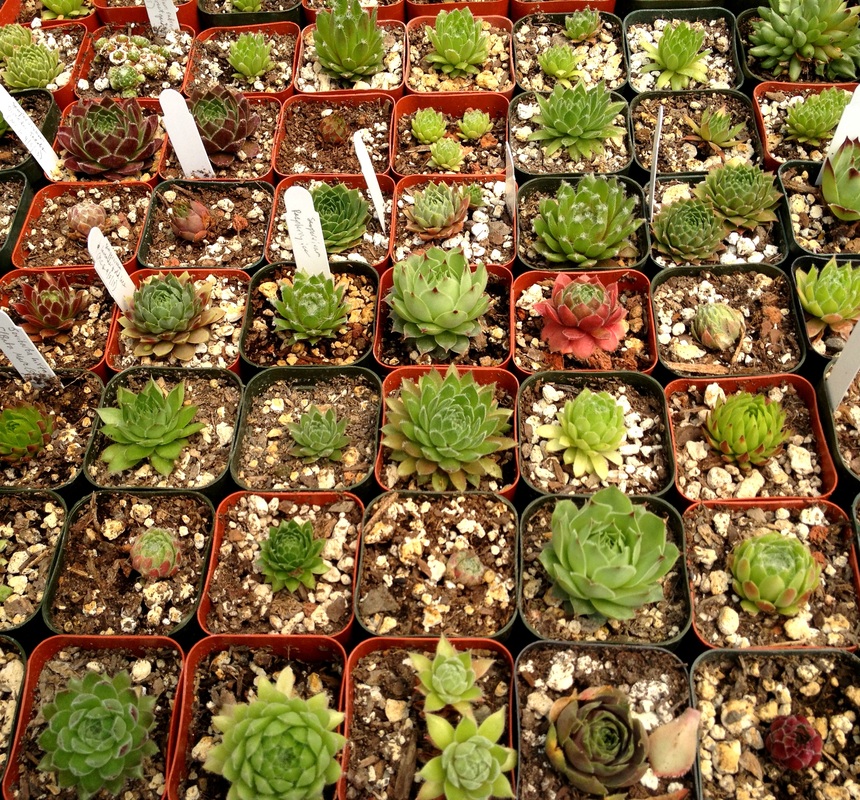
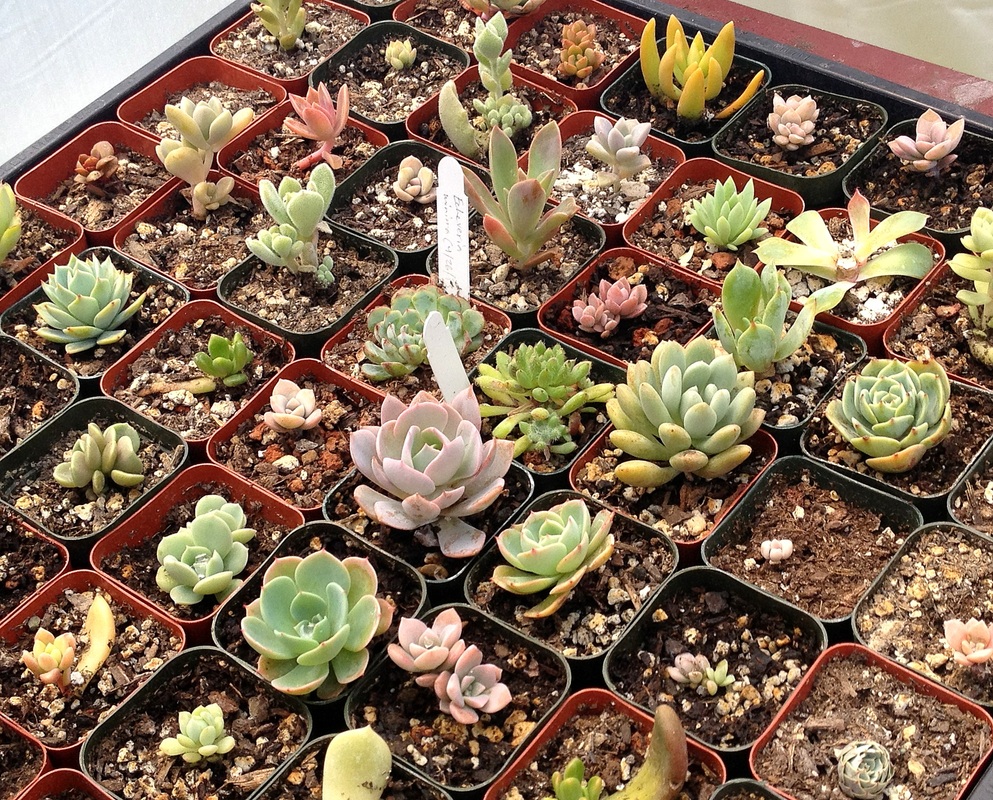
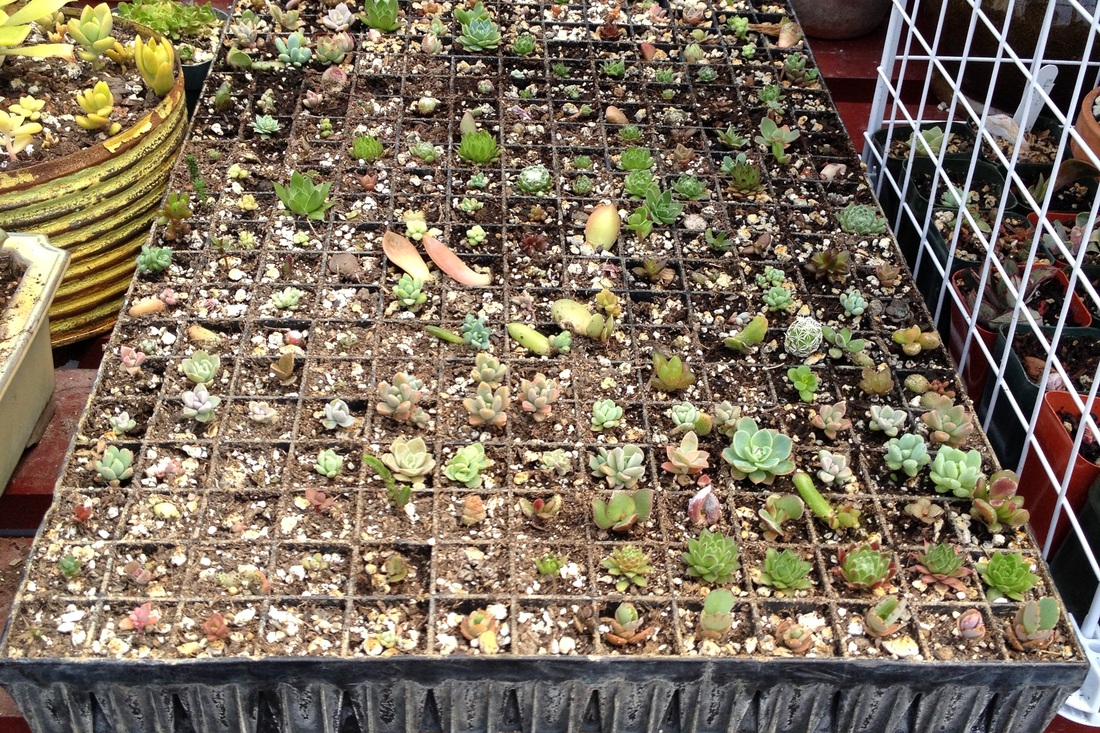
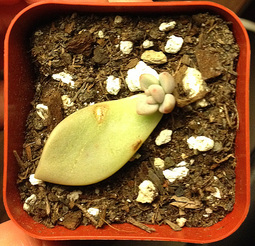
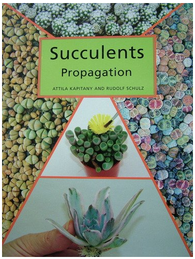


 RSS Feed
RSS Feed